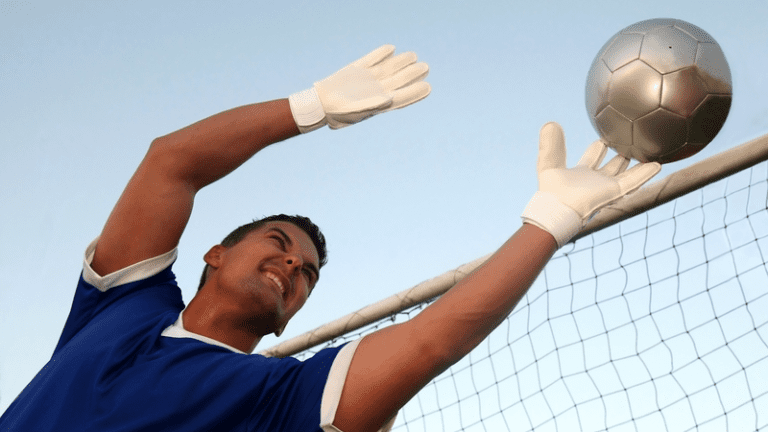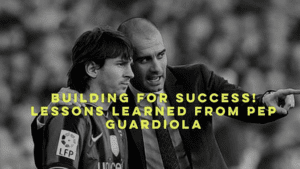Goalkeeping is a challenging position requiring extreme mental toughness, endurance, and physical explosiveness. As a goalie, you must be mentally and physically prepared at every moment of the game, and that can be a difficult task.
The game has many moments where the ball is nowhere near the net, but the keeper has to remain engaged with the game plan and team strategy at all times. This means understanding how possession could change, who is the threat on the opposing team if they regain possession of the ball, and constantly communicating with teammates on necessary movements.
However, the most difficult mental aspect of the game is being ready to make a save at any given moment. The mental processes that go along with making a save include anticipating the shot, reading the ball path, and coordinating the appropriate actions to make the save.
The best ways to train this aspect of goalkeeping is visualizing the game both during practice and at home. Being able to see the plays when not actively participating allows players to anticipate the rapidly changing moments in the game.
This can be just as simple as closing your eyes and visualizing yourself in the game; however, mental training takes time and continuous practice to develop – but is an invaluable resource to any athlete.
Endurance is another key aspect of being a goalkeeper. Now, this doesn’t mean a goalkeeper needs to be able to run 9 or 10 miles during a game. Endurance for a keeper means being able to make one save after another.
Take a look at the U.S. Men’s National Team’s Tim Howard against Belgium in the most recent World Cup. Aptly dubbed the “secretary of defense” after a 17-save performance in a loss, Howard was able to recover and continue to make save after save. This endurance comes from the constant repetition of saves in practice and strength training to make sure the athlete can handle the wear and tear on their mind and body.
The best drills to train this aspect of a keeper’s game is to do explosive movements, like jumping over a set of hurdles, before making a save. This encourages the development of explosive muscle fibers and also allows for keepers to strain their bodies before making a save. Keepers should train their bodies by making 50-100 saves per practice – 15 saves during a game will feel easy! This can be accomplished through various drills such as lateral movement to a jump over a hurdle for a save, or even by working quick feet through cones to a save.
Finally, explosive power is necessary if a keeper ever wants to make that highlight upper 90 save. To develop such power, a plyometric workout routine is the best way to go. For such a routine, an athlete should incorporate exercises like jump squats, single leg squats to a high knee raise, burpees, clap push-ups, single leg box jumps, and two leg box jumps. Incorporate plyometric movements into your workout routine three times a week and 10-15 reps per exercise, depending on your level of physicality.
It takes an extraordinary person to play the unique position of goalkeeper. By maximizing these traits, goalkeepers can take their game to the next level, and just maybe become the next “secretary of defense”.
How useful was this post?
Click on a star to rate it!
Average rating 5 / 5. Vote count: 1
No votes so far! Be the first to rate this post.



